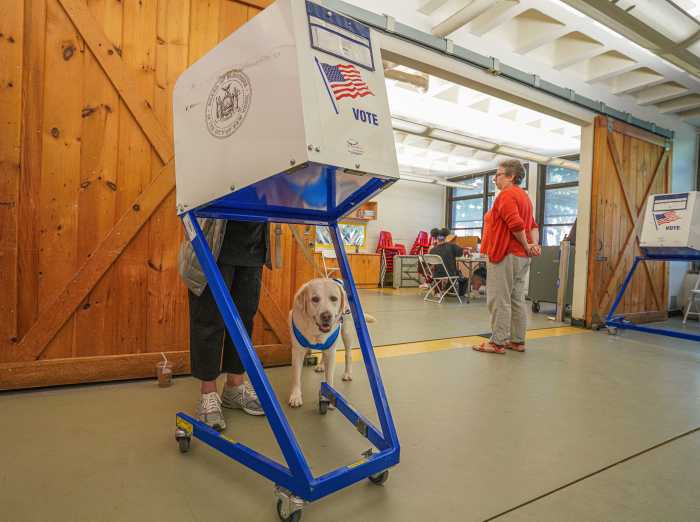The statistics are staggering: millions of people around the world go hungry each day. And right here in Queens, more than 200,000 people are going to bed hungry and undernourished, despite the fact that there are resources available to help them.
According to a 2002 report issued by Food Change, a watchdog agency, 418,000 people in the borough are below the federal poverty level, and 343,000 of these are eligible for food stamps. But because of qualifying changes in the program, 217,671 Queens residents who should be receiving help are not according to the 2000 census.
“There is all this federal money available to feed the people in Queens and to get money into the local economy,” said Cindy Katz, coordinating attorney for the Queens Legal Services Corporation. “But because they are not receiving the help, it is calculated that Queens loses $376 million annually, including lost economic activity. These are pretty staggering numbers.”
Katz told The Queens Courier that a person is eligible to receive food stamps if his income is less than 130 percent of the federal income level (unless assets exceed $3,000). This means that a family of four, with a total household income of $24,188 (or $465 per week gross) should be receiving help. The average household of four gets help of nearly $200 a month.
But because most applicants are unaware of asset restrictions and allowances, they are not claiming — and therefore not receiving — the needed assistance.
“Some assets aren’t counted, and this is where people think they are not eligible,” said Katz.
According to the attorney, rule changes now allow food stamp recipients to own one car per licensed driver in the household. And homes are not considered assets as long as the family is living there and it is not a source of additional income.
Additionally, some retirement accounts (including some IRAs) are not counted.
Despite repeated attempts, officials at HRA (the Human Resources Administration), under whose auspices the food stamp program falls, were unavailable for comment.
With 29 percent of Queens residents having difficulty affording food in 2005, according to the “New York City Hunger Experience,” there are undoubtedly hidden health effects too.
“One of the beauties of the food stamp program is that it allows people with limited means to get the nutritious food they need,” said Mary Grace Webb, clinical nutrition manager for New York Hospital Queens.
“Often, with people of limited resources, they look for things high in fat to fill them up.”
Webb said that those not receiving the proper nutrition may suffer stunted growth, limited brain development, lethargy, problems concentrating, hair loss, poor wound healing, dehydration, and more.
If you or someone you know might be eligible for food stamps, Queens Legal Services Corp. has a food stamp outreach program that offers screenings and help in the application process.
To learn more, call Lisette Claudio at (718) 392-5646, ext. 36, or call (800) 221-5689.
Important Nutrition Information
General Caloric Needs (Based on the new Food Guide Pyramid)
1,800 calories per day
Women: 2,000 calories per day
Men: 2,200 to 2,500 calories per day
Seniors: 1,600 calories per day
What food stamps can be used for:
Food stamps can only be used for food and for plants and seeds to grow food for your household to eat. Food stamps cannot be used to buy:

































